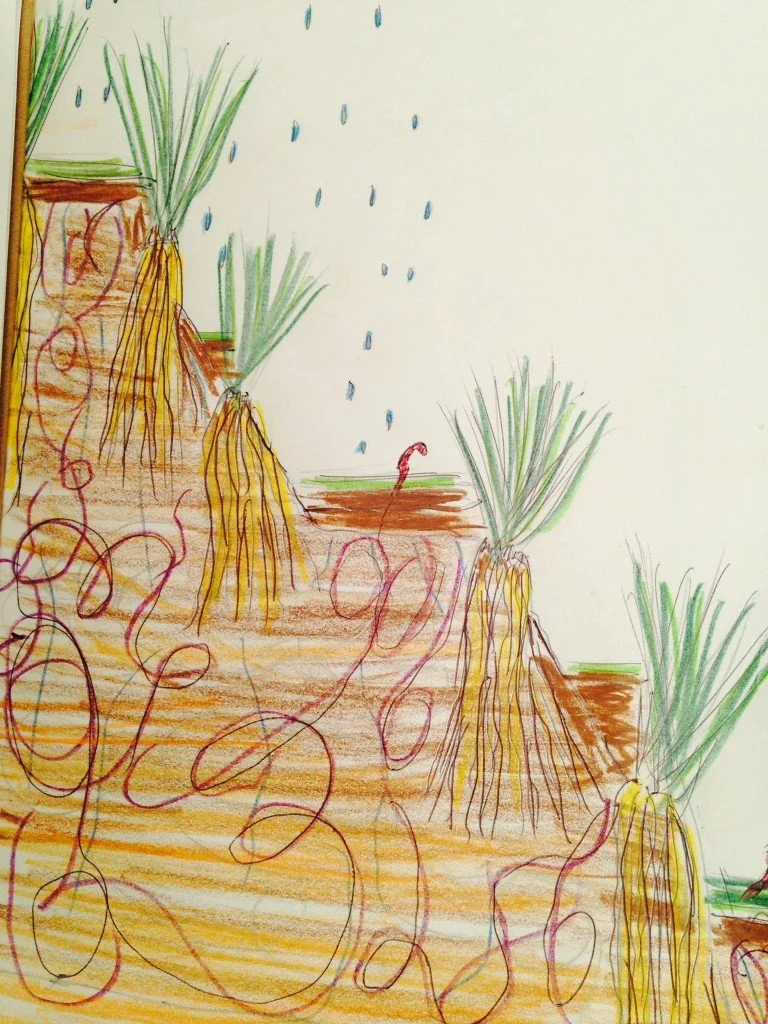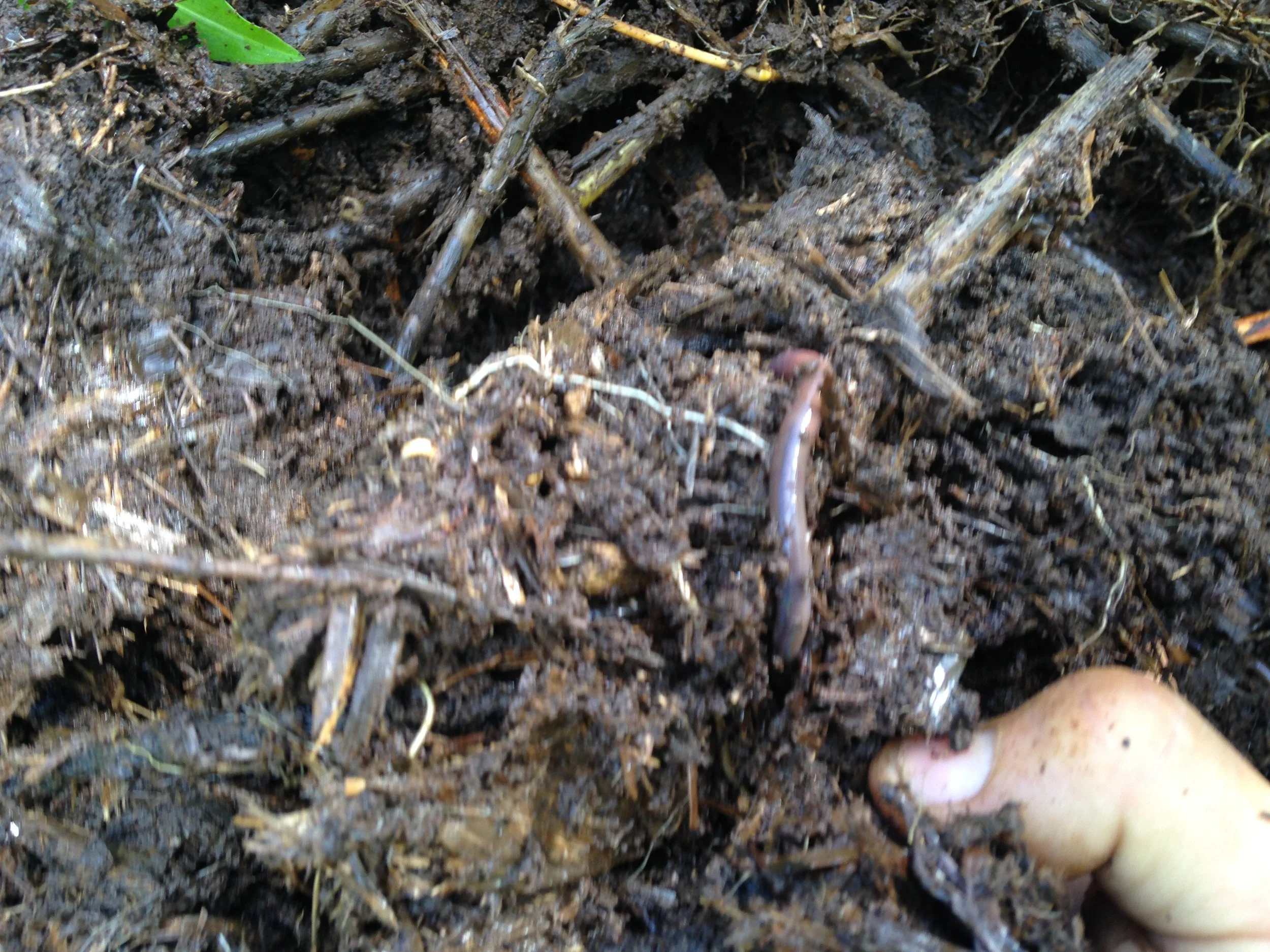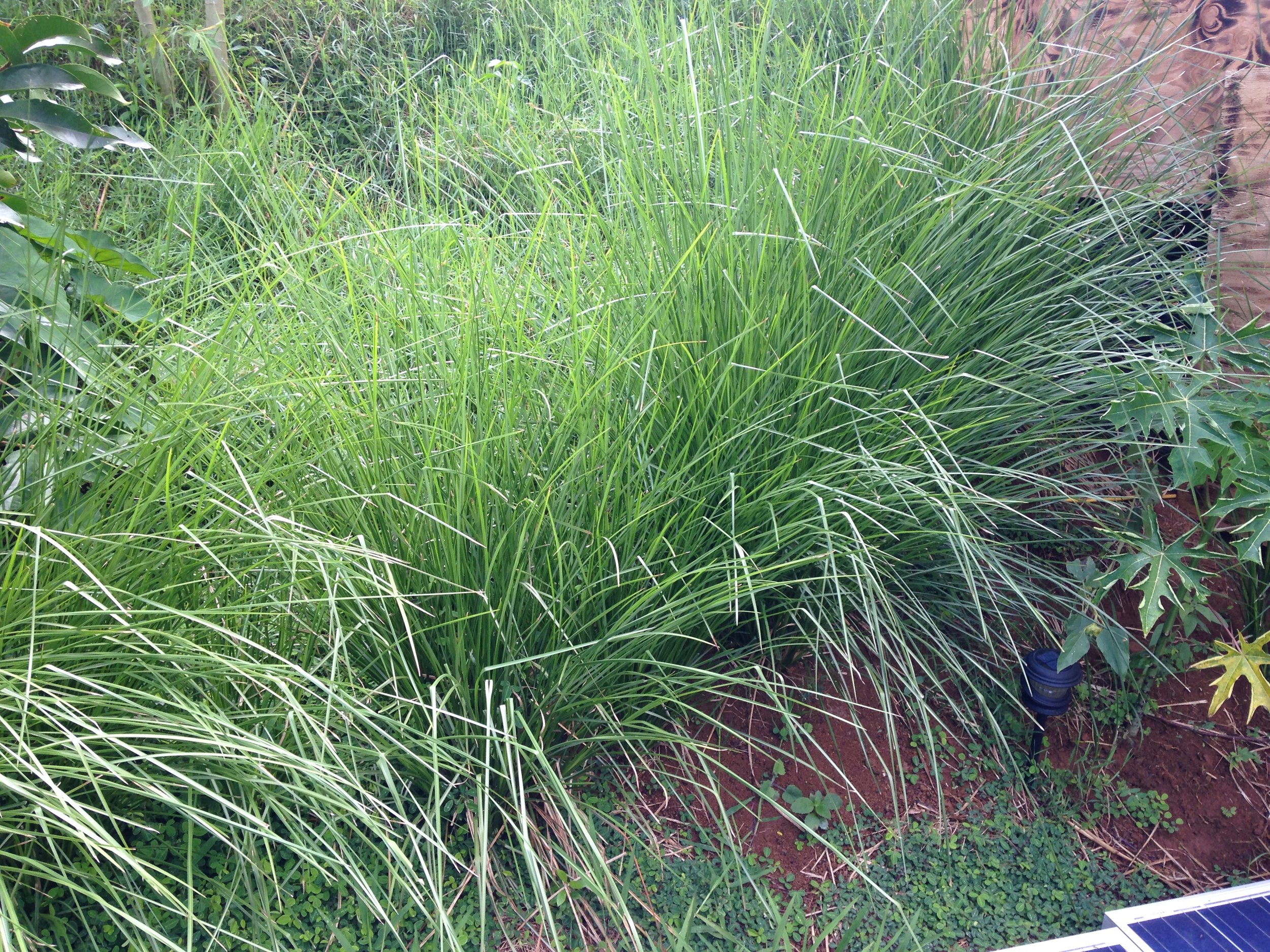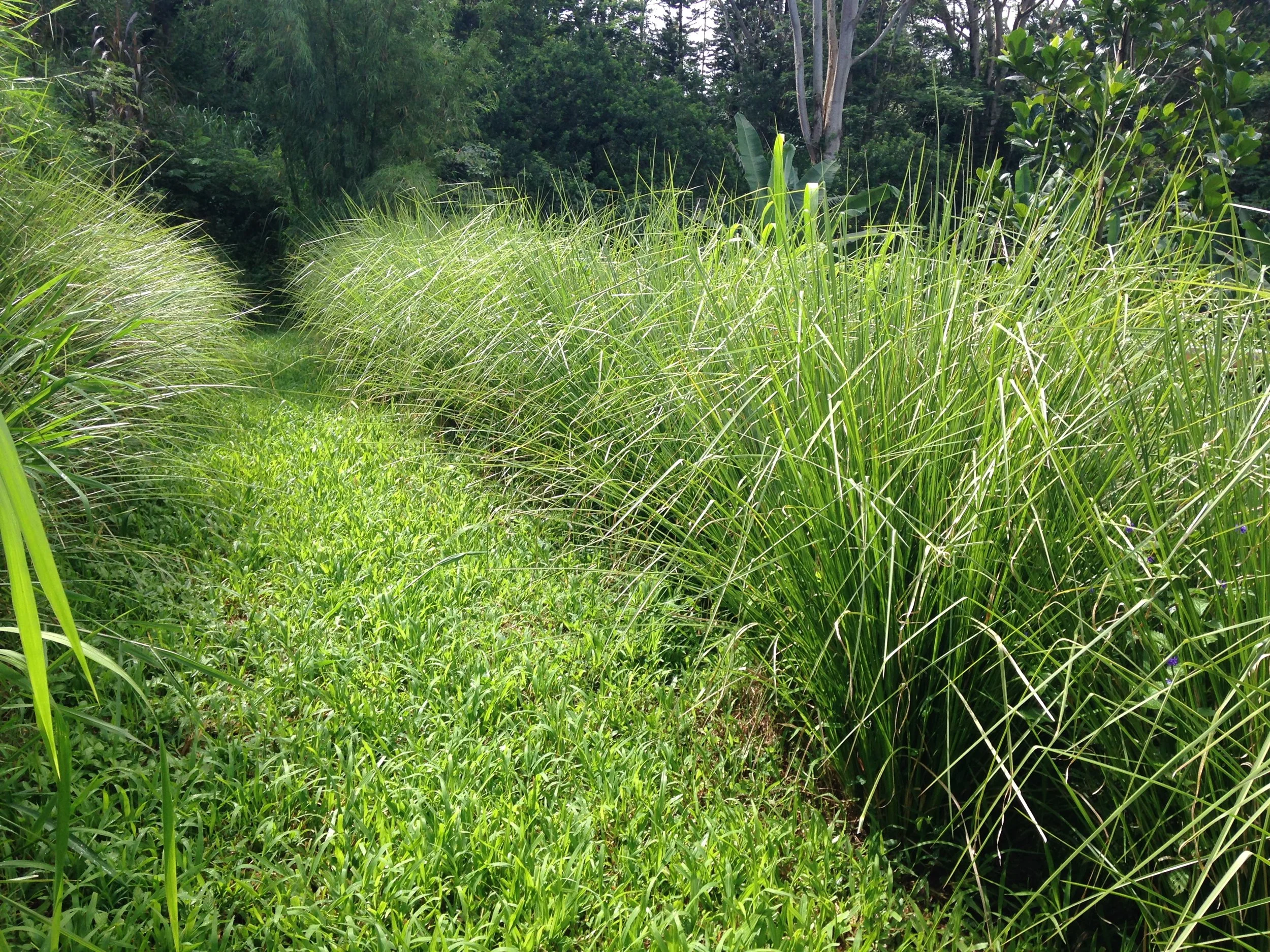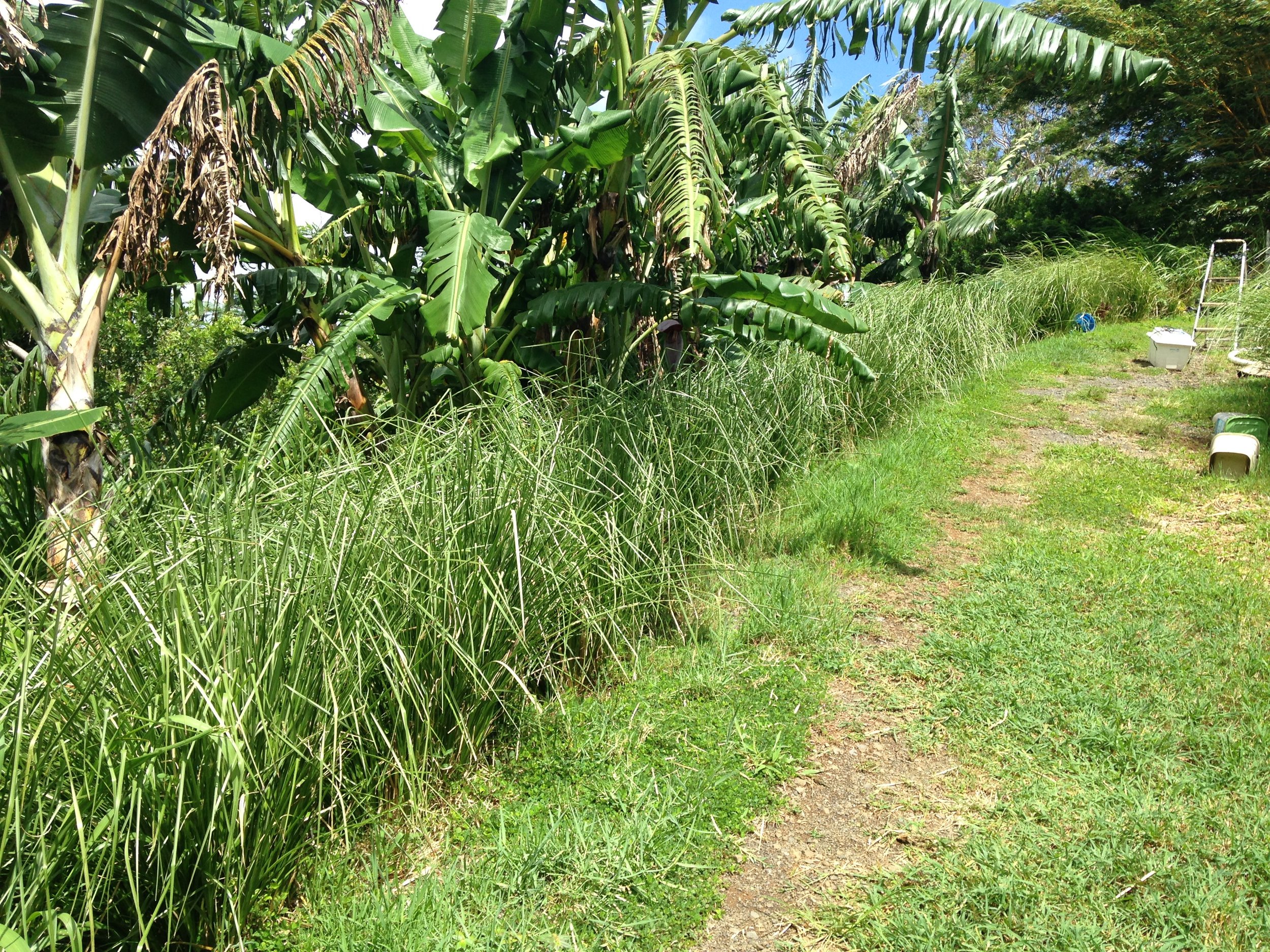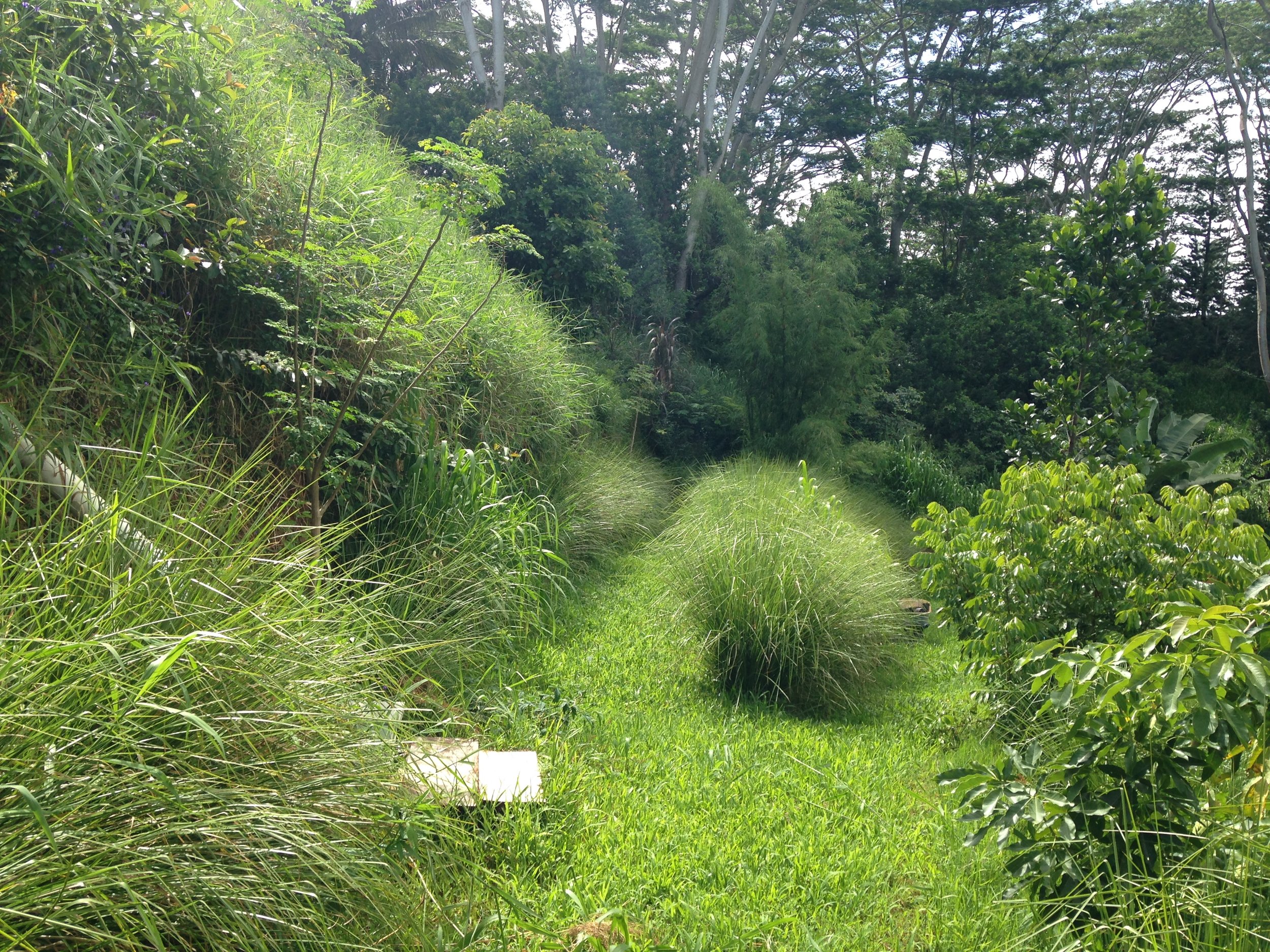How to use Earthworms and Vetiver to build Mineral-Rich Soil
Worms are Soil Builders
They bring material up from deep in their tunnels and use grit inside their gizzards to break down rocks and other materials in the soil. They bring minerals to the surface and eat the droppings of leaf litter worms along with several other funguses and molds and organic materials on the surface. Then they bring the surface material down and deposit it inside the holes where they are taking previously unavailable minerals and rock dust, totally moving and rotating the surface of the earth.
Worms are incredible earth movers. The organic matter they deposit within their tunnels helps to break down rocks and minerals from deep in the subsoils and bring them to the surface as living soil. Additionally they provide aeration for the penetration of oxygen into the earth, and also the ability for soil to absorb water from the rain into the ground rather than rapid run off, which causes soil erosion.
So by mining minerals with plants, such as vetiver grass, we allow the subsoil worms on the surface and provide mineral rich green material for food to build NEW EARTH.
Vetiver Grass
Vetiver grass has an almost vertical root system, with not much of a horizontal signature. It’s roots go down over 10 feet, enabling it to access minerals from the subsoil which is typically unavailable to the majority of plants which have a much shallower roots system.
By regularly cutting off the top mass of the vetiver grass and laying it in horizontal piles and pumping water from the fish ponds on top of it, we create a supreme environment for worms and decomposition. The worms that we have in place process the vetiver grass into incredible mineral-rich NEW EARTH.
You can buy beyond-organic vetiver grass directly from us here at our other website, Vetiver Hawaii.
Worms in Vetiver Composting
There are three worms that we use in the process. The first one is a big, deep-dwelling, subterranean worm, known as Amynthus Gracilus, or a Georgia jumper. It has the ability to go deep and move tons of material as well as inundate the soil below with its gut bacteria, such as mycorrhizal on rhizobia and different microbes.
The second worm is a red worm named the perionyx excavatus. It’s common name is the Indian Blue worm, but in Hawaii is called the Waimanolo Blue. It can live in a bin, process large amounts of food and then be able to migrate out when it gets too toxic from it own excrement. It’s known as a leaf litter worm and spends it’s life in the top 1 to 2 feet of the soil. The Waimanalo Blue actually processes all the leaves that fall off the tree. It also decomposes the excrement from the bigger worms, meaning what’s left on the surface in the form of castings. The worms trade-off what each other eats.
Worms promote certain beneficial molds underneath the soil to help process rock in the soil, and minerals and such.
The third worm is known as Eisenia fetida, or red worm. It’s raised in bins but it doesn’t really have the habit of being able to migrate out once it’s environment becomes toxic from too much of it’s own excrement. Therefore you have to constantly change their bedding. The fetida also eats the castings of the other two worms. It will migrate out of the bin or die within it, but it does not seem to have the great ability to migrate back into the bin. They seem to do really well in the ground underneath the vetiver grass and the different mulches that we create.
The subterranean worm (Amynthus gracilus) comes up and deposits mineral material from deep in subterranean holes as far as 15 feet down. It brings this material up to the surface and the leaf dwellers (Perionyx excavatus) eat that and deposit it along the surface, creating more soil beneath the entire leaf litter. The big worms (fetida) bring down the leaf litter and deposit it in tunnels, increasing mycelium, which the worms also eat. Mycelium also helps build the web for plants and trees to interact with each other.
The three worms can share space with one another. This is an important part of our systems because they process different components for total decomposition. The idea is to integrate all three worms into your garden systems so they start to build their own culture and they can come and go as they like and you can just treat a healthy ecosystem.
This is a general concept of creating New Earth, by taking something as simple as a grass, laying it down, taking any extra water from your ponds and the worms, and allowing them to process it into pure new earth for you.
[UPDATE] There’s a follow-up to this post.
I hope this helps you out. Feel free to leave a comment or ask us a question. We’re trying to start this as some sort of an online education program so feel free to ask us any questions. I will regularly come in and answer any questions asked in the comments below.
